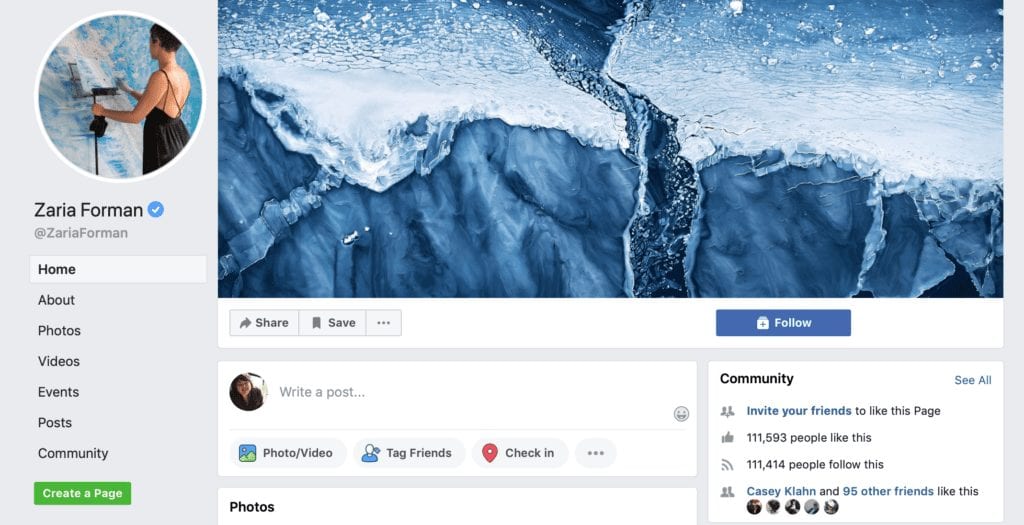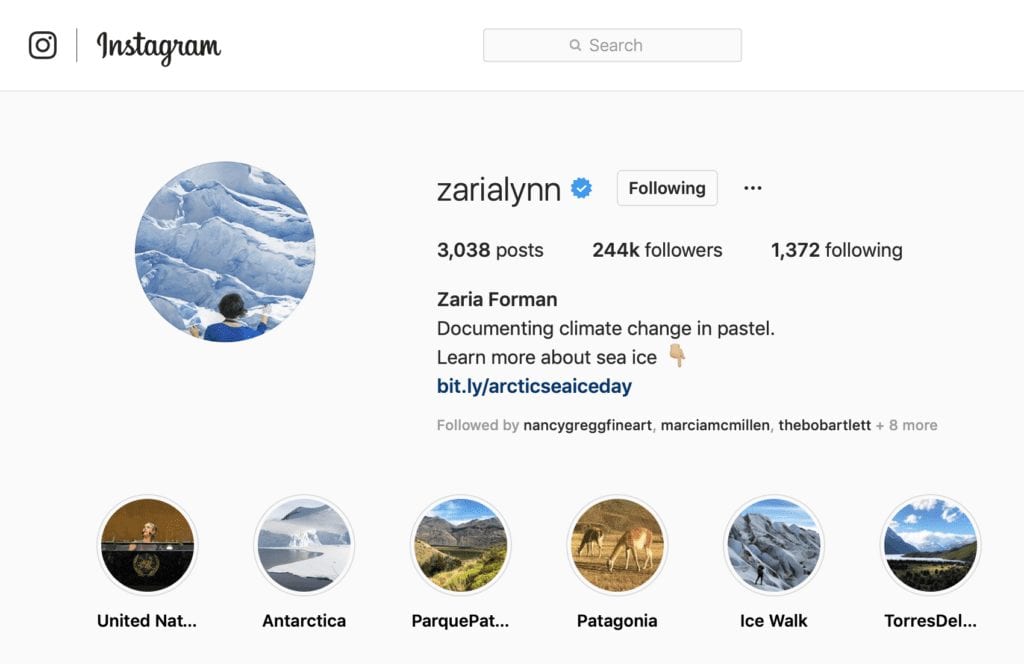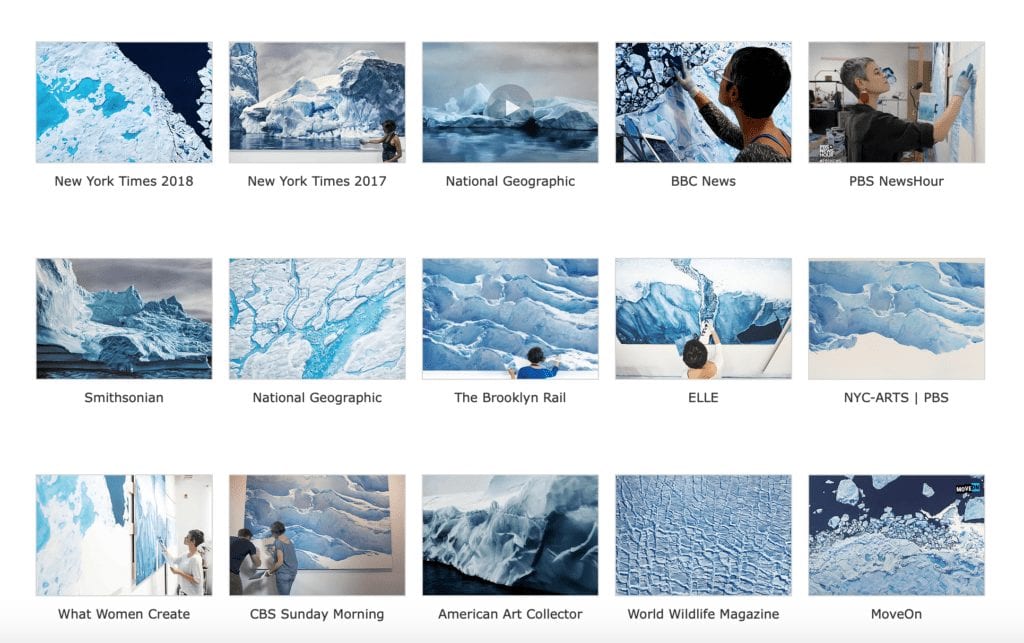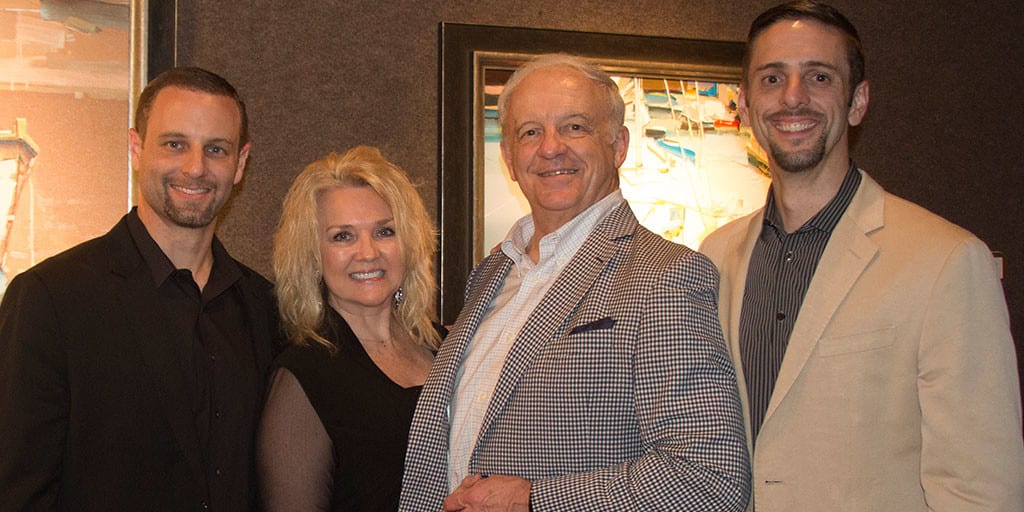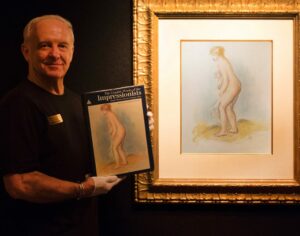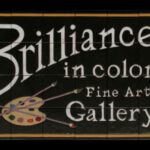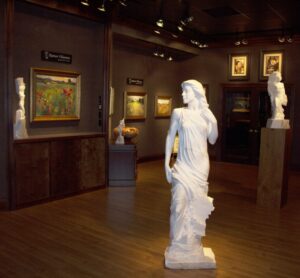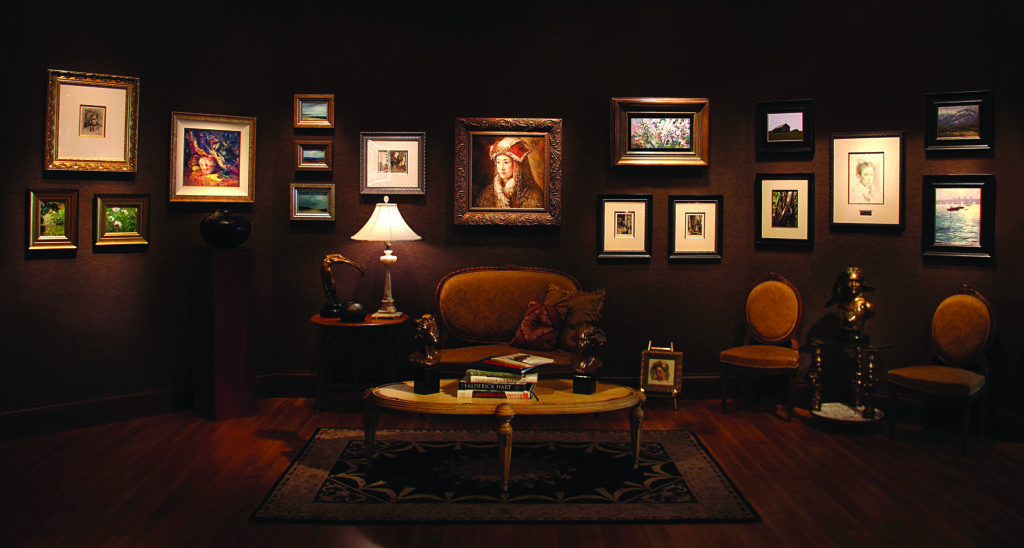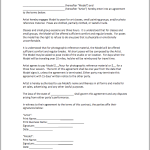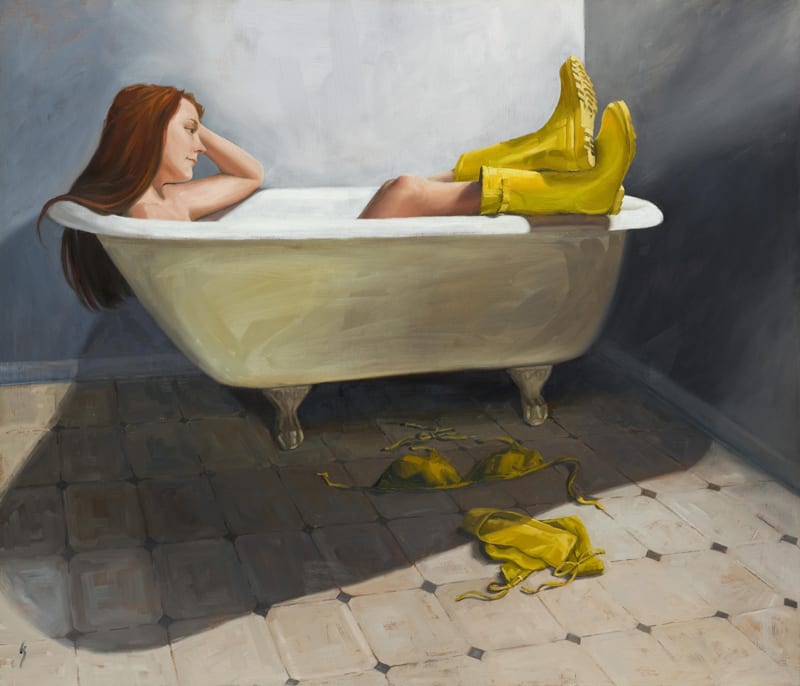Most of us, as artists, often don’t know where to turn to sell our work. If we had our way, we would just paint and hope that checks come in the mail or money just shows up in our bank accounts, but this is rarely the case for artists. And since it’s not the case for most of us, we have to have a plan to generate income.
I believe every artist should consider a five-tiered marketing strategy in order to have a consistent and well-rounded income. Those tiers are:
- A lead collection strategy
- A local sales strategy
- A national sales strategy
- A new business strategy
- A repeat business strategy
Rather than starting at the top, I’m going to assume that a lot of the people reading this are already doing the first four things.
Most business and marketing books are focused on new business and how to get it. And that is critically important even for established artists, because the average artist loses 10 percent of his or her collector base every year (and in a bad economy, it could be 50 to 70 percent). So you need to be replacing old customers with new ones. But rarely do business advisers talk about finding the hidden sales, the gold mine, that is repeat business.
Think about it for a second. Getting a new customer is expensive. You have to find ways to get noticed, advertise, reach a lot of people in hopes that one or two or a few will like your work, and then you have to repeat that over and again in hopes that they will go from seeing it to liking it to buying it.
Usually the first sale is the only sale. Unless, of course, you’ve got a good gallery that focuses on repeat business (very few actually do), or unless you get lucky and have a collector who wants to keep collecting your work.
But what if you could take actions that would bring you more repeat business?
People who already have purchased your work have demonstrated that they like your work enough to own it, and have the money to buy it. Those are the two biggest hurdles to overcome.
So how do you get repeat business?
It’s a simple process. (Simple, but not easy.) It requires a system and some discipline. It also requires, in most cases, gallery participation and an understanding with the gallery that you won’t sell direct and burn them.
1. The back of your painting: This is a gold mine of opportunity too often ignored. First, the back should be as professional as the front, which builds confidence. The back needs to contain the following elements:
- The story: Stories sell paintings. I do a whole chapter on stories in my Art Marketing Boot Camp, but the essence is to make the story of the painting part fantasy, part reality (there is a very distinct reason for this), and put the story on the back, on archival paper. The collector will repeat the story to friends. It makes your painting stand out and be memorable.
- Critical information: the name, the title, your name, your copyright.
- Your contact information: It may be as simple as your website, but can contain phone and e-mail (keep in mind it might be used 30 years from now). This is something your gallery will need to agree to.
- Your gift statement: “Thanks for buying my painting. I have a gift for you, simply e-mail me at: ____.” When the buyer contacts you, send them a set of gift cards of their painting. Be sure to put your name and website on the back, along with the name of the painting and “Part of the [buyer name] collection.” They will send these cards to their friends. Before the last card, put a re-order (free) statement on where to get more. You want buyers sending out your name to others.
2. A follow-up note after purchase.
Work with your gallery to allow you to send a follow-up note, even if the gallery doesn’t give you the buyer’s address and they mail the note for you. Make it a nice, handwritten note on a notecard of the painting. Make sure your info is on the back of the card. A personal touch will make you stand out. Of course, you can offer the gift here as well, or you can send the gift with the note.
3. Remind them of you.
You and I don’t want to hear this, but chances are buyers won’t remember our names, especially if they are not big collectors who know artists’ names. But you want them to remember you and have frequent contact with you so you can put new paintings in front of them.
Here’s how:
- A newsletter. Pretty much all artists do them, and most do them badly. Most make the newsletter all about themselves, when it should offer more entertainment and info that the reader is interested in. Put your self-promotion last. Come up with something interesting in the opening, something they can learn from. Then the second thing can be “What’s New on the Easel.” And then, after that, discuss your life of travel and interesting things. Always provide a link to buy whatever is new on the easel.
- Direct mail is a powerful and rarely used tool. A large postcard to previous buyers once a month, with a new painting announcement or a studio sale or a holiday party, will keep them engaged. Be sure to remind them that paintings make great gifts for birthdays, anniversaries, graduations, and other special occasions. If you’re really good, you’ll send them birthday cards and holiday cards, and find other ways to remain visible.
- Create interaction and a relationship. If you can turn your note into a call, and develop a friendship, it will help. Don’t abuse it, of course. Ask buyers where they hung your painting, or offer to hang it for them (and bring some other paintings along in the car for them to see). Or ask them to snap a picture of the painting hanging with the buyer beside it, then seek permission to put it on social media and your newsletter.
This is a simple yet effective strategy. People using this strategy are having great success and selling as much repeat business as new business, which is a great way to keep buyers coming in the door. Though this takes time and effort, all good things do.
Most artists are overly concerned about being too visible, too annoying. You have to walk a fine line for sure, but for most, you could stand to be more visible.
